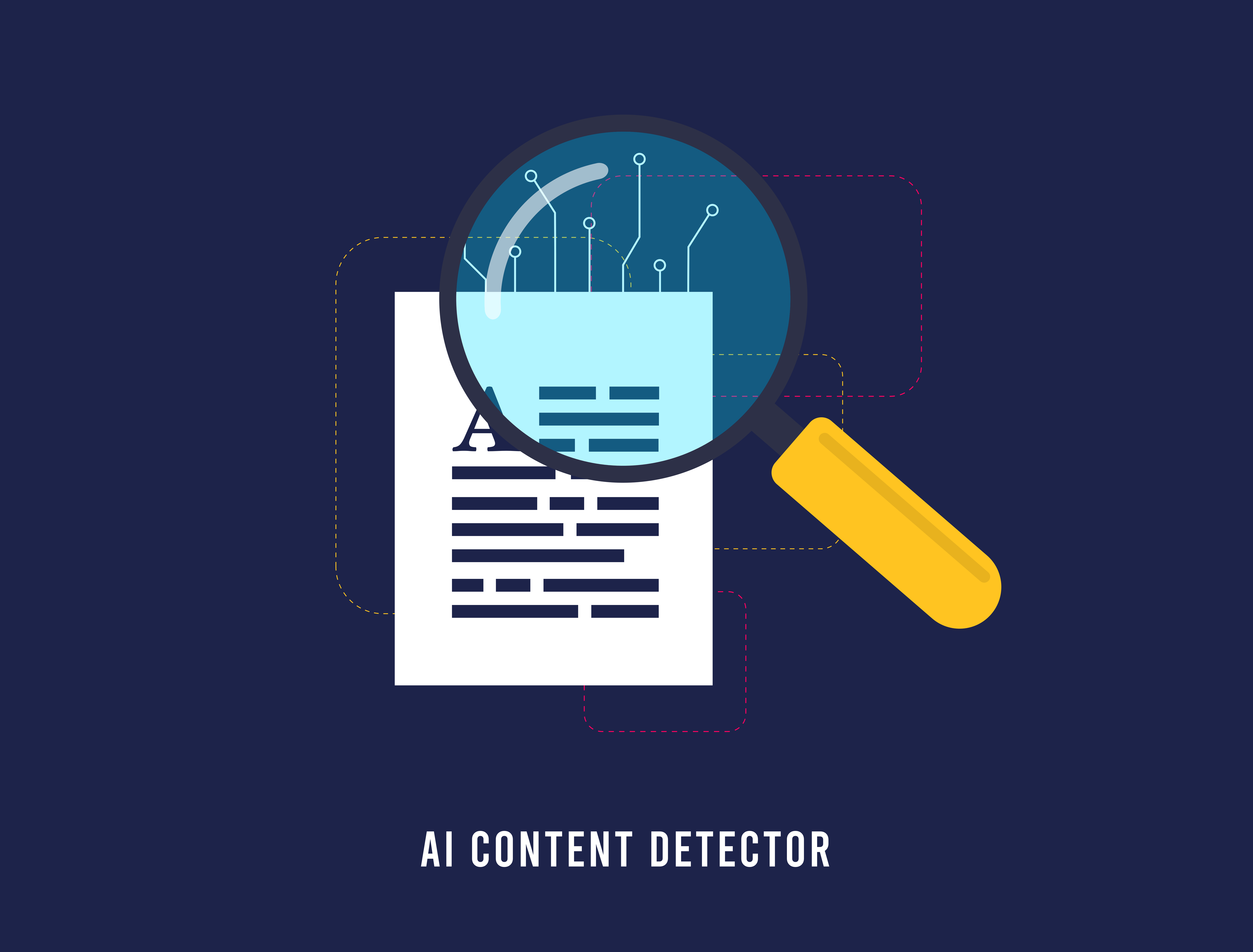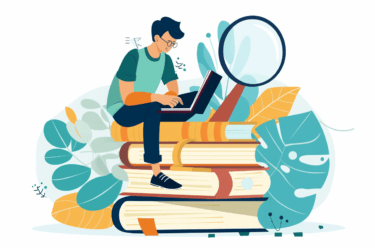The only way to say whether the text is AI generated for 100% sure is to see the process of writing/AI generating. We know it sounds disappointing as you long for clear answers – we do, too!
Unfortunately, no magic pill has been invented yet (we are doing our best, though!) Meanwhile, no AI detector can give you a guarantee the paper is human or machine-written. The check results reflect the probability, but the final decision is still yours to make (which is tough, we know!)
What does our AI detector show, then?
The percentage you see is the amount of text that matches the parameters characteristic of AI-generated writing.
Our AI-catching model is trained to detect the traits characteristic of machine-written and human-written content. When the tool detects the piece of text that matches what it knows about AI writing, it highlights the part. The more parts are highlighted, the higher the percentage you see in the AI Content Index section.
The check result is based on the AI Content Index: “Most likely AI” or “Most likely written by a human”. Each case is individual, but basically, the reason for concern appears when 50% of text or more is flagged as potentially AI-generated.
- How does AI-detector distinguish between machine and human writing?
- Is AI-detector always accurate?
- What should you do with AI detection results?
- How can you check the student when the detector says the paper is likely to be AI-generated?
How does AI-detector distinguish between machine and human writing?
The analysis is based on a complex of metrics, the crucial among which is the creativity/predictability ratio.
ChatGPT, Google Bard, and other content generators tend to be more predictable than humans. It means they will most probably choose the specific wording above other variants.
So, the algorithm sets a certain threshold, and the metrics below it are considered to show predictability unlikely for human writing. At the same time, texts creative enough to be composed by humans apply above the threshold. There come the results: “most likely AI-generated”/”most likely written by a human”.
Read more on how we check for AI content.
Is the AI detector always accurate?
No AI detector gives you a definite answer of “yes” or “no”, or 100% accuracy.
In the check report, the high percentage shows that a certain amount of text matches what the detector knows about how the AI-generated texts look. However, it is all about the probability. AI detectors can prompt to pay attention to a specific paper or student, but the final verdict is always yours.
Furthermore, humans sometimes write like AI, and AI sometimes writes like humans. So, the detector can occasionally recognize the human-written text as AI and vice versa. We at PlagiarismCheck.org constantly improve the tool and strive for maximum accuracy – currently, we manage to detect AI with 97% correctness.
What should you do with AI detection results?
Consider an AI detector a compass. If the tool says the paper is likely to be composed by the AI, it definitely requires your closer attention.
Look at the parts of the text highlighted as probably AI-generated. If it applies to separate sentences, most likely there is nothing to worry about, as students are hardly interested in generating random sentences. However, if AI is traced in whole paragraphs, you should consider analyzing the paper and talking to the student.
Watch our free webinar on how to interpret the AI detector results.
How can you check the student if the detector says the paper is likely to be AI-generated?
First, let us gently remind you that the “Likely generated by AI” result is not the final verdict. So, the aim of an additional interview with a student is a clarification, not an accusation.
Here are some ideas to help you sort it out.
- Pay attention to the student’s story and reputation – have they ever been noticed for academic cheating before?
- Address your students some questions based on the paper, focusing on the parts highlighted by the AI detector. This way, you will test their understanding of the material and check whether the writing is based on analysis and reflection or ChatGPT’s help.
- Request your student to present any drafts and notes to see how the paper was crafted, and ask about the sources they used and the logic behind the writing process.
- Verify authorship with the Fingerprint tool. If you have the original papers of the student, Fingerprint can analyze their style, compare the new papers to it, and show if the writing becomes uncharacteristic for the student.
- Trust your guts. Your experience of teaching and interacting with students can help to understand whether the person is honest with you in a particular situation.
Try our AI detector now to see how much easier your workflow can become!








